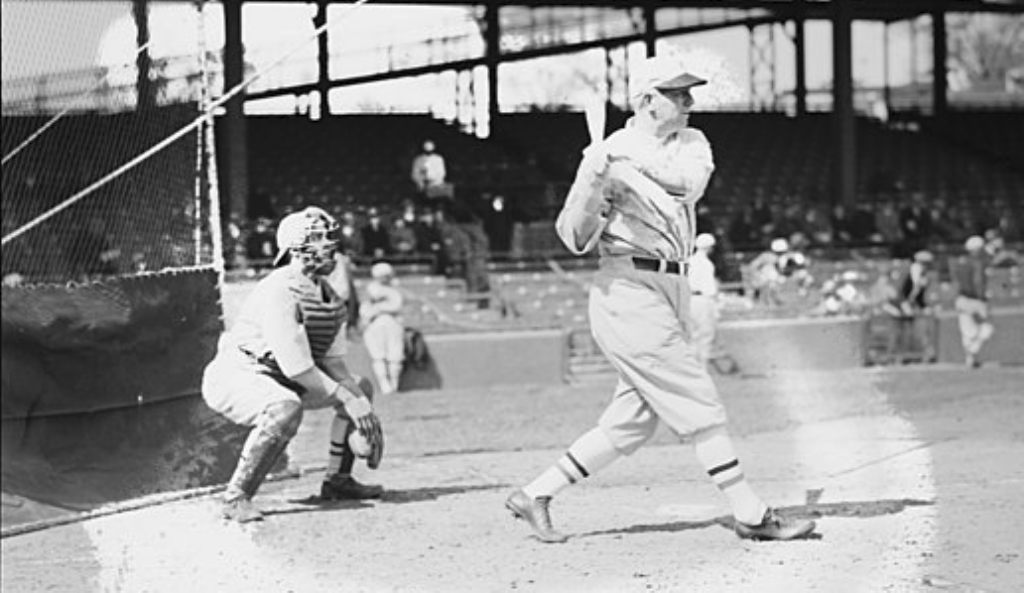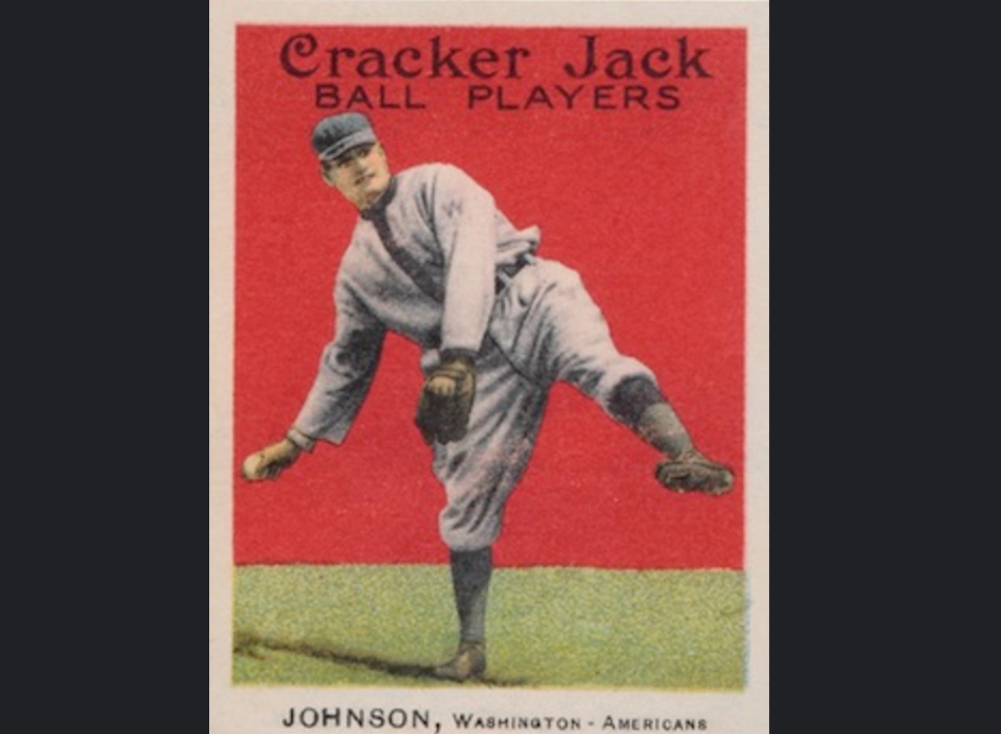The National Hockey League (NHL), with its fast-paced action and iconic rivalries, boasts a rich history that spans over a century. Originating in Canada the frenzy of the fastest game on ice crossed the border to the US and has been on the rise.
The NHL originated in 1909 with the formation of the National Hockey Association (NHA) in Eastern Canada. The group started with four teams the Montreal Canadiens, Ottawa Senators, Toronto St. Patricks (later Maple Leafs), and Montreal Wanderers – formed the core of the league in its early years.
The league witnessed its first American franchise in 1924 with the addition of the Boston Bruins. Expansion continued throughout the 1920s, reaching major cities like Chicago, Detroit, and New York.
From this original six to the expansion and merging of the last five decades, the NHL is today thriving from coast to coast in the US and Canada.












